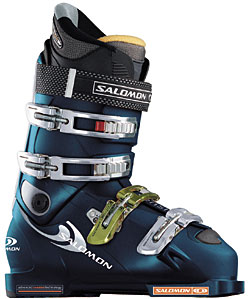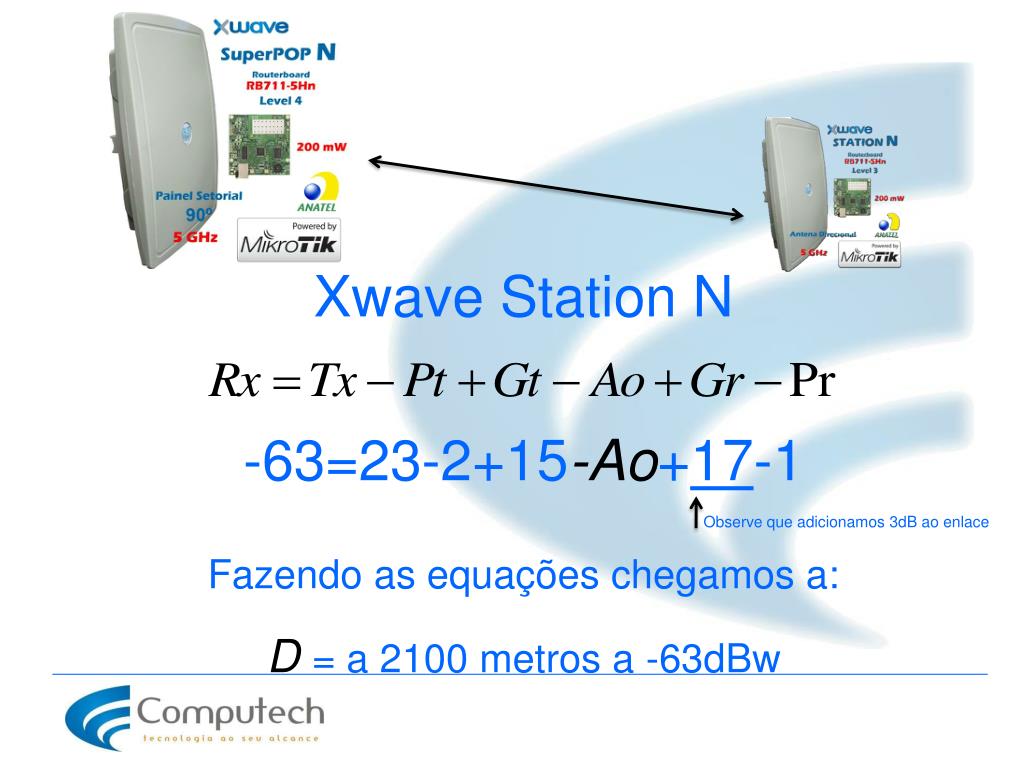

- #Xwave station install#
- #Xwave station software#
Cockroach has added a new log for Shortwave Crystal Radio - A blast from my past.
Yann Guidon / YGDES has updated the log for Hackaday TTLers. rchadwick7 liked OMOTE - DIY Universal Remote.  Daniel on Hackaday Prize 2023: OMOTE Universal Remote. Hirudinea on Trebuchet Sends Eggs Flying. Dant.es on Hackaday Prize 2023: OMOTE Universal Remote. Biohazard on Hackaday Prize 2023: OMOTE Universal Remote. The Commenter Formerly Known As Ren on Hackaday Prize 2023: OMOTE Universal Remote. Myself on SSH Can Handle Spaces In Command-line Arguments Strangely. Ostracus on SSH Can Handle Spaces In Command-line Arguments Strangely. quinho666 on SSH Can Handle Spaces In Command-line Arguments Strangely.
Daniel on Hackaday Prize 2023: OMOTE Universal Remote. Hirudinea on Trebuchet Sends Eggs Flying. Dant.es on Hackaday Prize 2023: OMOTE Universal Remote. Biohazard on Hackaday Prize 2023: OMOTE Universal Remote. The Commenter Formerly Known As Ren on Hackaday Prize 2023: OMOTE Universal Remote. Myself on SSH Can Handle Spaces In Command-line Arguments Strangely. Ostracus on SSH Can Handle Spaces In Command-line Arguments Strangely. quinho666 on SSH Can Handle Spaces In Command-line Arguments Strangely. #Xwave station software#
Posted in Featured, Software Hacks Tagged digital logic, timing diagram, tool Post navigationĭiscussing The Tastier Side Of Desktop 3D Printing 20 Comments What do you use for making timing diagrams? So for the next little while, we’re trying out Wavedrom. On the other hand, it looks good, is ultimately flexible, outputs PDF, and would be scriptable if someone put the time in to write a nice frontend. Latex users can use tikz-timing, which makes sketching out your timing diagrams as much fun as laying out a very complex table in Latex (that is: not fun at all). Plus, it just feels like a dirty hack, as if that were a bad thing. These work but aren’t particularly flexible if you want something to happen at odd times, you’re out of luck. We found Xwave and “ Timing Diagram Font“. There are font-based solutions that let you “type” the timing diagrams. Drawtiming looks good, but we can’t quite get our head around the file format and the graphic output isn’t as flexible as we’d like: it only outputs GIF and we’re more into SVG because it can be edited easily after the fact. (Looks like there are some Google Chrome dependencies?) Otherwise, we think we’ve found our solution. Our only quibble is that the standalone, command-line application wouldn’t generate images without the GUI on our Arch system.

#Xwave station install#
On the other hand, if you want to run your own local version of the online editor, you can download it and install it locally if you’d like. Wavedrom is written in JavaScript, and built for embedding in webpages that’s the way they intend us to use it. Because you can also enter straight SVG, it leaves the door open for full-fledged lunacy. The tutorial has got you covered for more esoteric use cases.Ĭlearly, some good thought has been put into the waveform description language, WaveJSON it’s mostly readable and makes the essentials quick and easy. We found it intuitive enough that we could make simple diagrams without even reading the fine manual. Wavedrom nails four out of these five at the moment, and has promise to cover all of the bases.
 Output modifiable when absolutely necessary: SVG would be niceīasically, what we want is graphviz for timing diagrams. Simple to use for common cases, but flexible enough to do some strange stuff when needed. Command-line rendering of images, because we like to automate everything. Diagrams have a text-based representation, so their generation can be easily scripted and the results versioned and tracked throughout project development. Just so you know where we’re coming from, here’s our list of desiderata for a timing diagram drawing solution: None of these are ideal.Īn afternoon’s search for a better tool ended up with Wavedrom. For us, that’s meant keeping (text) notes, drawing something on a napkin, or using a tool like Inkscape. Patients typically experience improvement in the skin’s texture and elasticity.When working with anything digital, you’re going to end up reading or writing a timing diagram before long. Blood circulation and collagen production is significantly stimulated. The firmness and elasticity of the dermis increases. Oscillating acoustic waves induce vibration in connective tissue. The X-Wave treatment uses the laws of the Acoustic Waves Technology which has been scientifically verified for more than 30 years in several medical treatments. XWave may be safely combined with Mesotherapy, to further improve cellulite. Long lasting, visible results, and high satisfaction rates reported by patients worldwide. Comfortable, painless, non-invasive treatment without any side effects or downtime. Clinically tested with good results, leading to US FDA approval of the device. Key highlights of the XWave technology include: Thus X Wave treatments gradually improve visible cellulite. The acoustic waves used in X Wave break down the adhesive fibrous bands in the skin, which lead to the puckering and dimpling of cellulite. Eight to ten sessions at weekly intervals give optimal results in most patients. X Wave is the new US FDA approved non-invasive aesthetic device for reduction of cellulite using acoustic wave technology.
Output modifiable when absolutely necessary: SVG would be niceīasically, what we want is graphviz for timing diagrams. Simple to use for common cases, but flexible enough to do some strange stuff when needed. Command-line rendering of images, because we like to automate everything. Diagrams have a text-based representation, so their generation can be easily scripted and the results versioned and tracked throughout project development. Just so you know where we’re coming from, here’s our list of desiderata for a timing diagram drawing solution: None of these are ideal.Īn afternoon’s search for a better tool ended up with Wavedrom. For us, that’s meant keeping (text) notes, drawing something on a napkin, or using a tool like Inkscape. Patients typically experience improvement in the skin’s texture and elasticity.When working with anything digital, you’re going to end up reading or writing a timing diagram before long. Blood circulation and collagen production is significantly stimulated. The firmness and elasticity of the dermis increases. Oscillating acoustic waves induce vibration in connective tissue. The X-Wave treatment uses the laws of the Acoustic Waves Technology which has been scientifically verified for more than 30 years in several medical treatments. XWave may be safely combined with Mesotherapy, to further improve cellulite. Long lasting, visible results, and high satisfaction rates reported by patients worldwide. Comfortable, painless, non-invasive treatment without any side effects or downtime. Clinically tested with good results, leading to US FDA approval of the device. Key highlights of the XWave technology include: Thus X Wave treatments gradually improve visible cellulite. The acoustic waves used in X Wave break down the adhesive fibrous bands in the skin, which lead to the puckering and dimpling of cellulite. Eight to ten sessions at weekly intervals give optimal results in most patients. X Wave is the new US FDA approved non-invasive aesthetic device for reduction of cellulite using acoustic wave technology.








 0 kommentar(er)
0 kommentar(er)
